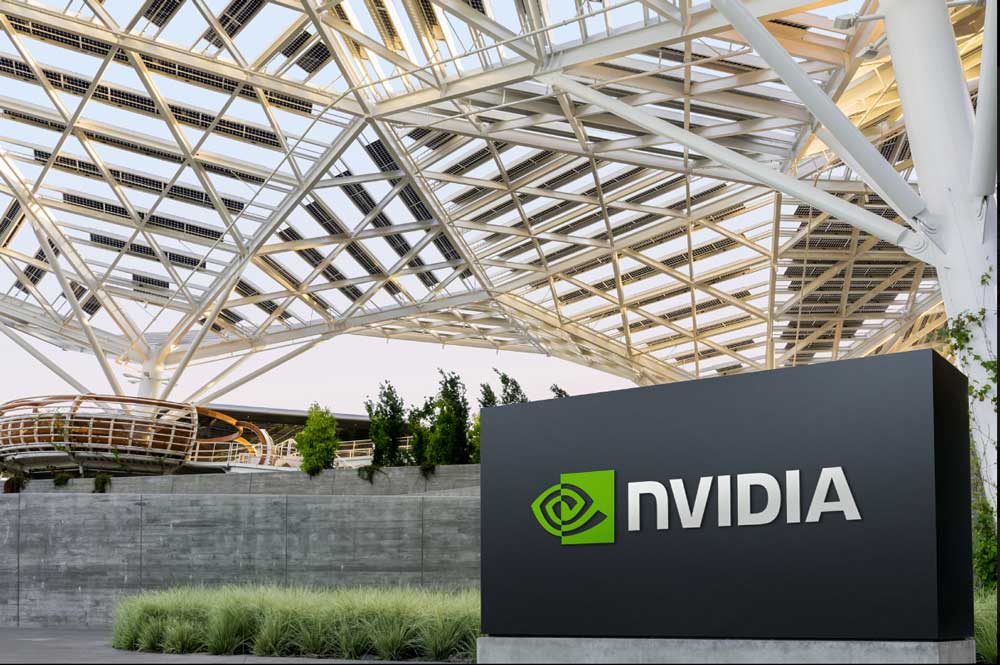Asian semiconductor stocks experienced a significant decline on Thursday, driven by Nvidia’s latest earnings report, which revealed a slowdown in revenue growth. While the company’s third-quarter results exceeded analysts’ expectations, its conservative forecast for the current quarter left investors apprehensive, resulting in a 2.5% drop in Nvidia’s shares during extended trading.
Nvidia’s Earnings Report Sparks Concern
Nvidia, the leading producer of AI chips, reported a 94% year-over-year increase in revenue to $35.08 billion for the quarter ending October 27, surpassing analysts’ estimates of $33.16 billion. Net income also rose by 109% to $19.3 billion. However, the company’s projected fourth-quarter revenue of $37.5 billion, while above the $37.08 billion estimate, represents a year-over-year growth rate of 70%. This marks a significant decline compared to the triple-digit growth rates of previous quarters, which reached as high as 265%.
Analysts and investors expressed concern over the slowing momentum. Daniel Newman, CEO of the Futurum Group, commented on CNBC’s Squawk Box Asia:
“No matter how good the company does … if the guide is anything less than the high end of the whisper, you will probably see some selling pressure.”
The AI boom, which has been a key driver of Nvidia’s meteoric rise, appears to be decelerating, prompting ripple effects across the semiconductor sector.
Selloff in Asian Semiconductor Stocks
The cautious outlook from Nvidia led to a broad selloff in Asian semiconductor-related stocks, particularly among companies with close ties to Nvidia.
- Advantest Corp, a Japanese supplier of semiconductor testing equipment and a key partner of Nvidia, experienced the steepest decline, with its shares plunging 5.6%.
- SoftBank Group, which owns a stake in chip designer Arm, saw its shares fall by over 1.5%.
- Taiwan Semiconductor Manufacturing Co. (TSMC), Nvidia’s primary supplier of high-performance graphics processing units (GPUs), slipped as much as 1.5%.
- Hon Hai Precision Industry (Foxconn), another major Nvidia supplier, dropped 1.9%. The company recently announced plans to build the world’s largest manufacturing facility in Mexico for assembling Nvidia’s next-generation chips.
In South Korea, SK Hynix initially rose but later reversed gains, ending the day down 2%. SK Hynix supplies high-bandwidth memory (HBM) chips used in Nvidia’s AI applications.
One exception to the downward trend was Samsung Electronics, which rose 0.9% amid reports that it is seeking certification to supply advanced HBM chips to Nvidia.
Investors React to Slowing Growth
Despite the impressive earnings, Nvidia’s slowing growth has tempered investor enthusiasm. Anwiti Bahuguna, Chief Investment Officer of Global Asset Allocation at Northern Trust Asset Management, noted:
“Growth is slowing down, though from staggering numbers.”
Nvidia’s soaring stock price — which has nearly tripled this year — reflects its dominance in AI hardware. The company remains a critical supplier for tech giants like Microsoft, Alphabet, Amazon, and Meta Platforms, all of which have committed to increasing investments in AI technologies. However, the latest earnings report has reminded investors that even market leaders are not immune to growth slowdowns.
Broader Implications for the Semiconductor Industry
Nvidia’s performance is widely considered a bellwether for the semiconductor industry, especially in the AI sector. With demand for AI chips still robust, analysts believe Nvidia’s long-term prospects remain strong. However, the recent selloff underscores the fragile investor sentiment surrounding the semiconductor market, particularly in Asia.











